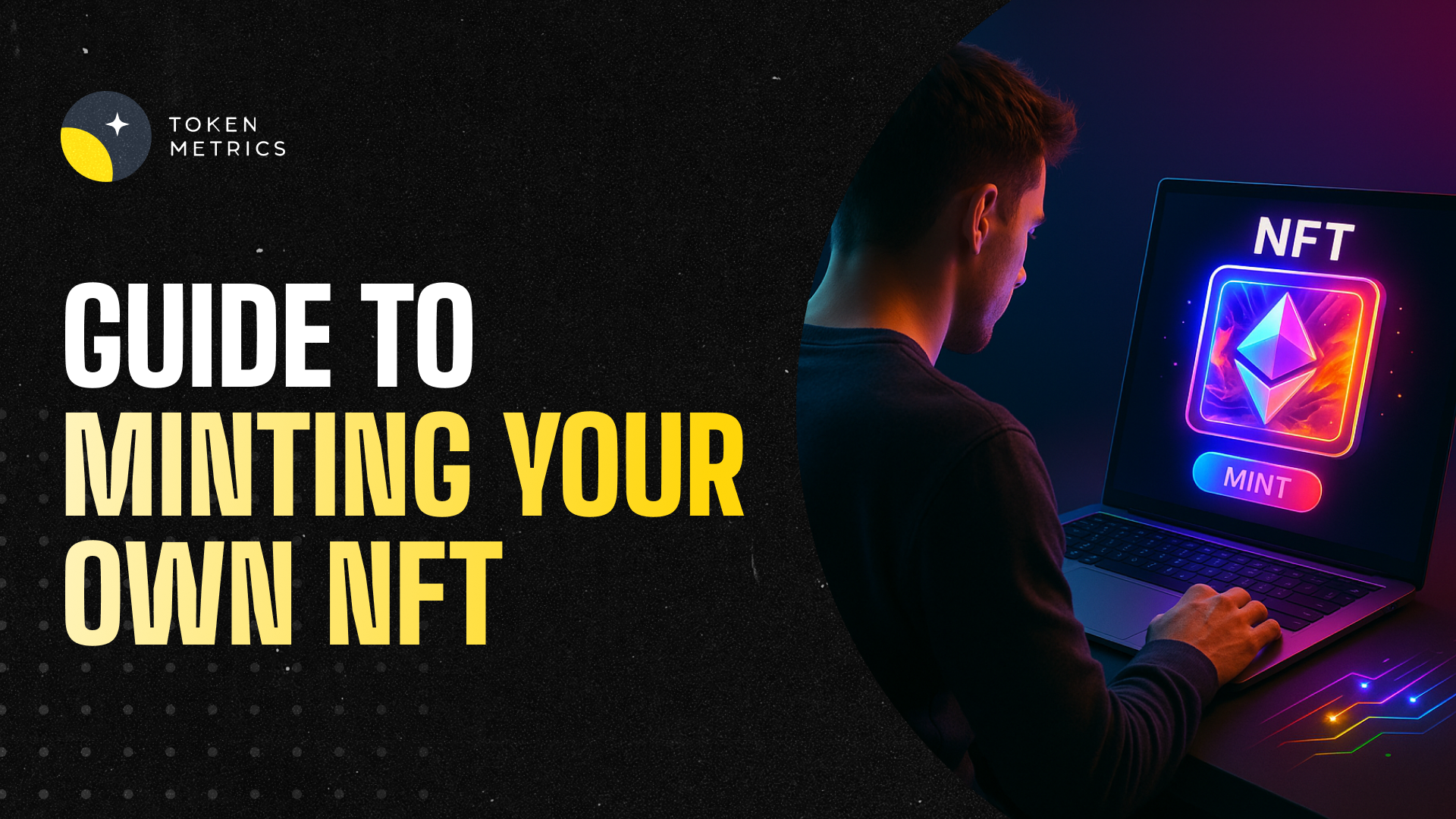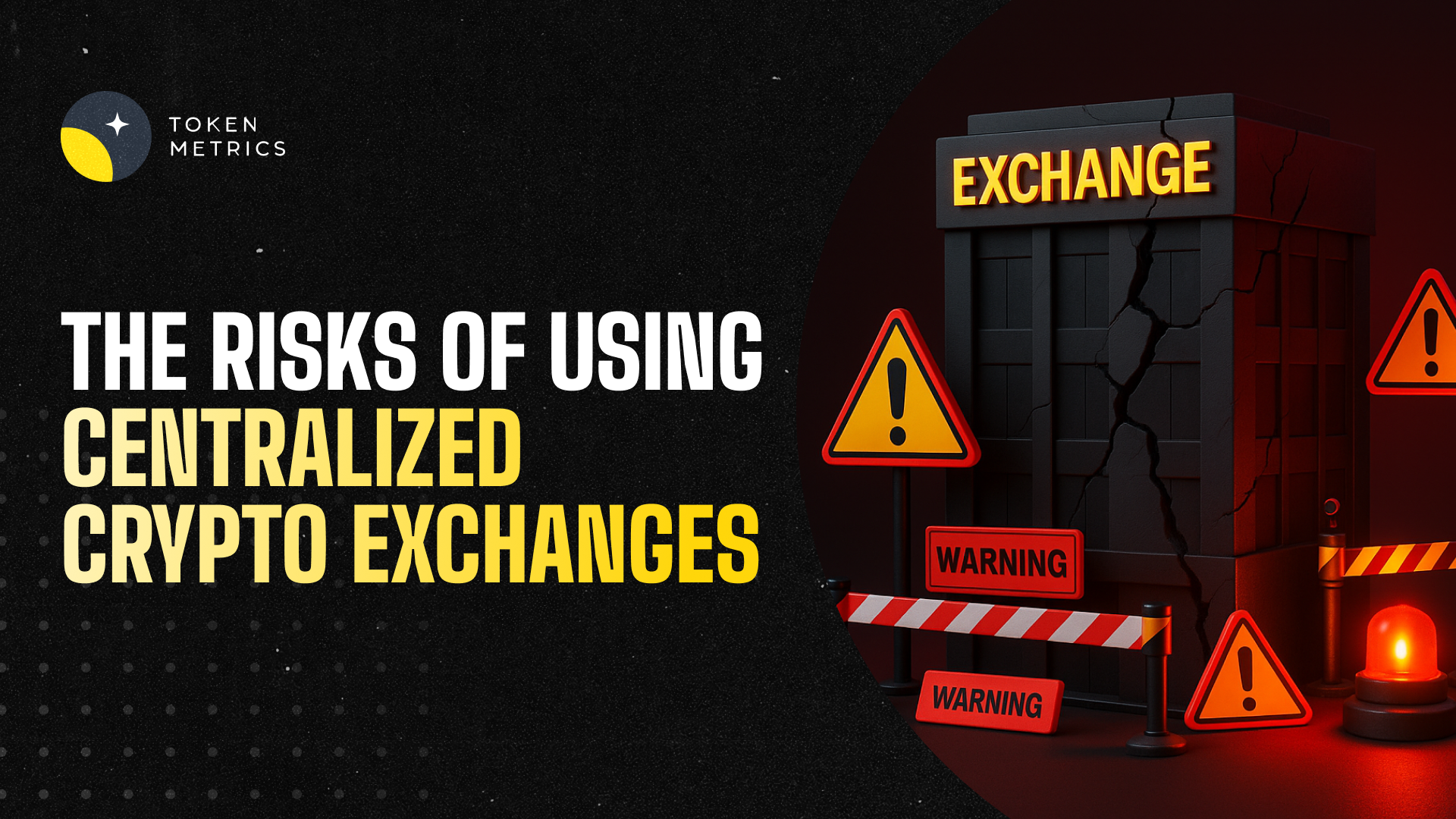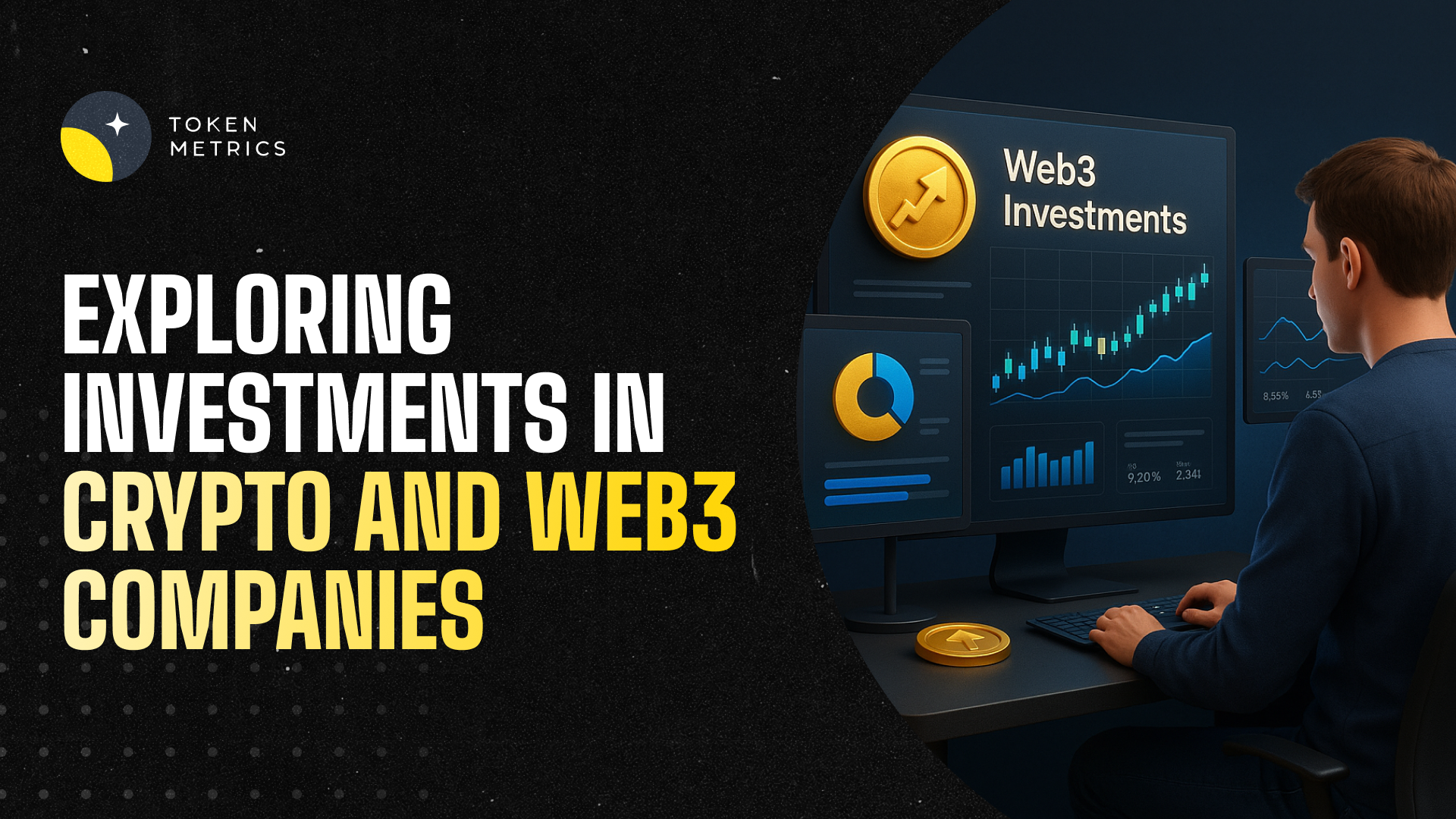
Crypto Fear and Greed Index - What it is and How to Use it?

When you understand the dynamics of the crypto markets, one of the most important tools at your disposal is the crypto Fear and Greed Index. This index provides an easy-to-understand snapshot of the collective sentiment in the crypto markets.
In this article, we'll take a closer look at the Fear and Greed Index, exploring what it is, how to use it, and how it can help you make better decisions in the crypto markets.
What is the Crypto Fear and Greed Index?
The Crypto Fear and Greed Index is a tool that measures the sentiment in the crypto markets. It considers a range of factors, including market volatility, trading volume, and the price movements of major cryptocurrencies. The index assigns a score to each of these factors, and then uses those scores to calculate an overall fear and greed score. The score then indicates whether the market is in fear, greed, or neutrality.
The Fear and Greed Index has become increasingly popular among crypto traders and investors as it provides a useful way to gauge the current market sentiment. This can help traders and investors make more informed decisions about when to enter and exit the markets.
Key Features of Fear and Greed Index
The Fear and Greed Index has several key features that make it an invaluable tool for traders and investors.
1. It provides an easy-to-understand snapshot of the current market sentiment. This can help traders and investors decide quickly when to enter or exit the markets.
2. The index is updated regularly and is based on real-time data. This ensures that the index is always up-to-date and accurately reflects the current market sentiment.
3. The index is highly customizable. Users can configure the index to include only the factors most relevant to their trading strategy. This helps ensure that users get an accurate picture of the market sentiment tailored to their specific needs.
4. The index is free to use and is available on various platforms, including mobile and desktop apps. This ensures that users can access the index from wherever they are.
How to Use the Crypto Fear and Greed Index?
Using the Fear and Greed Index is relatively straightforward. Once you've set up the index, you'll be presented with a chart displaying the current fear and greed score. This score will range from 0 to 100, with 0 being the most fearful and 100 being the most greedy.
The score can determine when it's best to enter or exit the markets. Generally speaking, a score of 0 to 30 indicates that the market is in a state of fear, while a score of 70 to 100 indicates that the market is in a state of greed. If the score is between these two ranges, it indicates that the market is in a state of neutrality.
It is important to note that the Fear and Greed Index is not a predictive tool but rather a tool to help traders and investors better understand the current market sentiment. As such, it should not be used as the basis for trading decisions.
How is the Crypto Fear and Greed Index Calculated?
The Fear and Greed Index is calculated using various factors, including market volatility, trading volume, and the price movements of major cryptocurrencies. Each of these factors is assigned a score, which is then used to calculate an overall fear and greed score.
The algorithm is constantly being updated to reflect the current market sentiment accurately. Users can customize the index to include only the factors most relevant to their trading strategy.
Is it a Short-Term or Long-Term Indicator?
The Fear and Greed Index is best used as a short-term indicator. This is because it is based on real-time data, constantly updated to reflect the current market sentiment.
However, it can also be used as a long-term indicator. For example, if the Fear and Greed Index consistently shows a score of 0 to 30, it could indicate that the market is in a state of prolonged fear, which could signify that it is time to start buying.
Where Can I Access the Crypto Fear and Greed Index?
The Fear and Greed Index is available on the Token Metrics Market page with the name called Bull and Bear.
Strategies for Using the Crypto Fear and Greed Index
One strategy for using the Fear and Greed Index is to look for divergences between the index and the price movements of major cryptocurrencies. For example, if the Fear and Greed Index is showing a score of 0 to 30, but the price of Bitcoin is increasing, this could indicate that there is buying pressure in the market and that it might be a good time to buy.
Another strategy is to use the Fear and Greed Index as a confirmation tool. For example, if the Fear and Greed Index is showing a score of 0 to 30 and other indicators also indicate that it's a good time to buy, then this could be taken as a confirmation that it is indeed a good time to buy.
Also Read - Why is Crypto Crashing? - Everything You Need to Know
The Bottom Line
The Fear and Greed Index is a powerful tool for traders and investors looking to understand the current market sentiment. It provides an easy-to-understand snapshot of the market sentiment and is updated regularly to ensure that it is always up-to-date.
However, it should not be used as the sole basis for trading decisions. Instead, it should be used with other indicators and techniques to help traders and investors make more informed decisions about when to enter and exit the markets.
Disclaimer
The information provided on this website does not constitute investment advice, financial advice, trading advice, or any other sort of advice and you should not treat any of the website's content as such.
Token Metrics does not recommend that any cryptocurrency should be bought, sold, or held by you. Do conduct your own due diligence and consult your financial advisor before making any investment decisions.

.svg)

Create Your Free Token Metrics Account

.png)




%201.svg)
%201.svg)


%201.svg)









.svg)




.png)